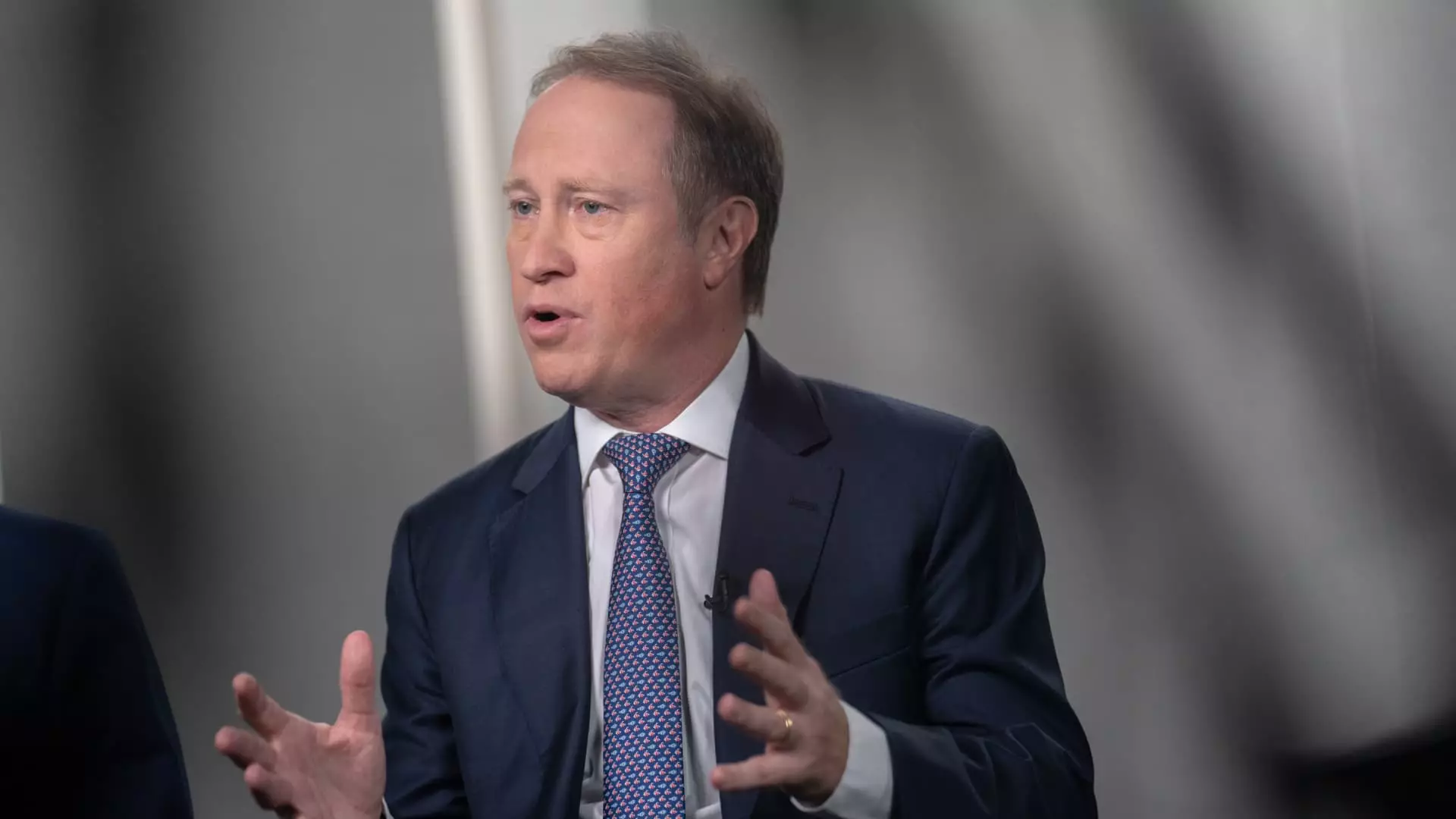Morgan Stanley recently reported second-quarter earnings that exceeded analysts’ expectations. The company’s profit and revenue outperformed estimates, with earnings coming in at $1.82 per share compared to the estimated $1.65 per share. Revenue also surpassed expectations, reaching $15.02 billion as opposed to the projected $14.3 billion.
The bank attributed its success to stronger-than-expected results in trading and investment banking. Profit surged by 41% from the previous year to $3.08 billion, with revenue experiencing a 12% increase to $15.02 billion. This growth was fueled by a rebound in Wall Street activity, particularly in equity and fixed income trading.
Morgan Stanley’s business model, heavily reliant on Wall Street operations, proved to be advantageous in the quarter. The institutional securities division outperformed the wealth management division, a deviation from the norm. Equity trading saw an 18% increase in revenue, reaching $3.02 billion, while fixed income trading revenue rose by 16% to $1.99 billion. Investment banking revenue surged by 51% to $1.62 billion, driven by increased fixed income underwriting activity.
Despite the overall positive results, Morgan Stanley faced challenges in its wealth management division. Revenue only rose by 2% to $6.79 billion, falling short of the estimated $6.88 billion. The division’s revenue growth was offset by a 17% decrease in interest income, dropping to $1.79 billion. This decline was attributed to affluent clients shifting their funds into higher-yielding assets, leading to lower deposit levels.
Morgan Stanley’s CEO, Ted Pick, expressed optimism in the firm’s performance, emphasizing its continued growth and value creation for shareholders. However, despite the positive earnings report, the bank experienced a 2.7% decline in premarket trading following the announcement. The market reaction reflects investor sentiment and expectations for future performance.
Morgan Stanley’s results follow a pattern observed in other major banks, including JPMorgan Chase, Wells Fargo, Citigroup, and Goldman Sachs. These institutions also exceeded revenue and profit expectations, buoyed by a resurgence in Wall Street activity. The collective performance of these banks underscores the broader market trends and challenges faced by the financial sector.
While Morgan Stanley delivered a strong quarter with robust trading and investment banking results, challenges persist in its wealth management division. The market’s reaction highlights the importance of consistent performance and strategic adaptability in navigating the complexities of the financial industry.

